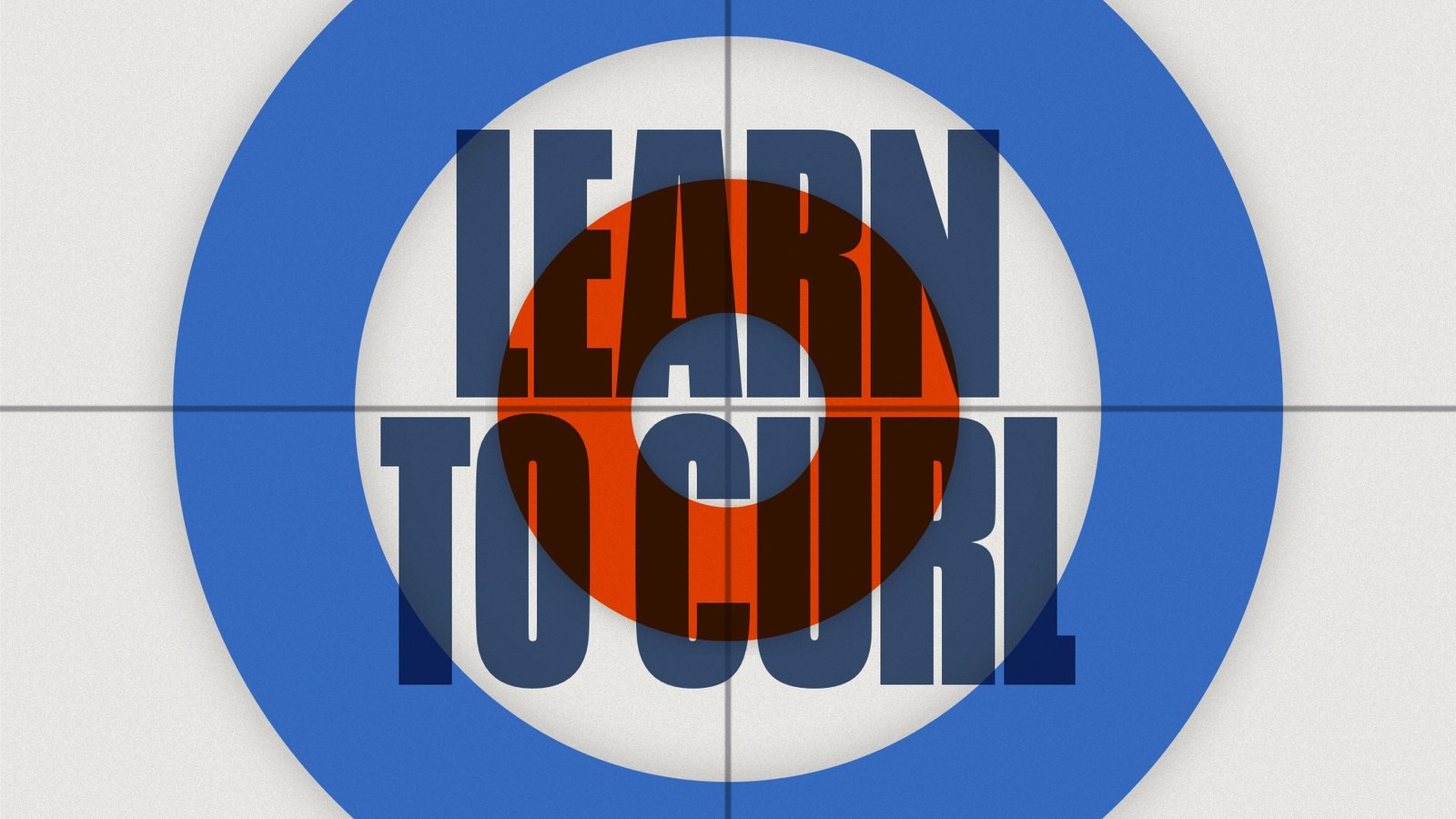In curling, a blank end is an end when neither team scores any points. This means that no points are added to the scoreboard, and the team that had the hammer retains it for the next end. What is interesting though, is that some blank ends are a result of deliberate, carefully planned strategy, while others are a result of unintentional mistakes.

Whether its a draw that runs heavy and glides through the house past the backline, or a takeout where the shooter rolls out…sometimes after all of the stones are thrown the rings are empty! This is a blank end, and annoyingly not one that was part of the plan. You needed to score, but failed…if this was the final end of the game then it’s game over, but if not don’t fret too much as you keep the hammer and get to try again. Of course, as the game goes on blank ends help the team that is winning and put more pressure on the team that is chasing.
So why might teams try and blank ends on purpose? Well if you are in a situation where you can only score one point, but could easily blank the end, most teams will elect to do so. This is because it is considered better to retain the hammer by blanking than to be “forced” to just a single point. Keeping the hammer means that you can try again to score multiple points in the next end before surrendering the hammer to your opponents. If you take just a single point every time you have the hammer, and if your opponents score multiples every time they have the hammer, then the result is only ever going be defeat.

Another reason you might see blank ends in a game of curling is during the opening few ends of a match. Sometimes teams like to play a cautious strategy with the first few ends that see very few rocks in play. This results in a lot of takeouts being thrown and very few guards. Ultimately, ends like this are quite “boring” to watch, but for the players it gives them a chance to learn the ice conditions and feel their way into the game. Unless one team can capitalize on the other making a mistake (such as missing a hit) then these ends usually result in a “blank end”.
Over the years, some of the other rules in curling have had an impact on the frequency of blank ends. The Free Guard Zone has expanded from 3, to 4, to 5 stones in the last few decades. These changes have meant that more stones have been in play each end, which of course reduces the likelihood of blank ends. Before the Free Guard Zone, there were many more ends that were just hit, draw, hit, draw, hit, draw, hit which was quite boring but also lower scoring and resulted in more blank ends. With the current “five rock rule” the Free Guard Zone has significantly cut down the number of blank ends in competitive matches.

There have been other experiments with the rules about blank ends to make curling more exciting. In some leagues, bonspiels, and championships, they have experimented with a rule that comes into play when the score is tied and the game goes to an extra end. Here, if the extra end is blanked then the team who had the hammer that end loses, and the team that was trying to steal wins. This puts huge pressure on the skip to make their final shot! This isn’t standard in all curling though, and many play without this rule and an extra end blank is follower by an additional extra end until someone scores and a winner is crowned.
For more on curling terminology, visit our glossary page!
Hopefully you might like to come and give curling a try.
For a one-off session, visit our Try Curling page to book a two hour session for yourself, or bring friends and family.
Alternatively, you could book a place on one of our Learn To Curl courses which run over a series of 4 weekly two hour sessions.


